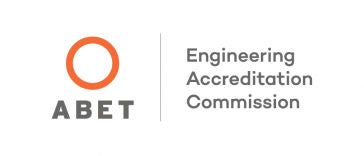Ocean Engineering B.S.
Overview
The B.S. in Ocean Engineering at URI is one of only a handful of accredited programs in the United States. Our nationally recognized program is a leader in ocean instrumentation and robotics, underwater acoustics, marine hydrodynamics and tsunamis, coastal modeling, marine geomechanics, coastal and offshore structures, and offshore power generation.
Our students balance rigorous fundamental courses with practical laboratory and field experience utilizing our coastal location and facilities. We are located at URI’s Narragansett Bay Campus, and facilities include a 30′ wave tank, an acoustics tank, electronics shop, machine shop, 3D printers, laser cutter, and much more. The department also has access to a fully equipped 42-foot research vessel, used for both lab courses and research.
Program Highlights
Students have the option to concentrate in one of the ocean engineering disciplines by following one of the academic tracks, which are faculty selected course sequences in a variety of focus areas. A highlight of the undergraduate experience is a two-semester Senior Capstone Ocean Engineering Design Project, which integrates previous knowledge and coursework into a comprehensive team design project.
ABET Accreditation

The Ocean Engineering program is accredited by the Engineering Accreditation Commission of ABET, under the commission’s General Criteria and Program Criteria for Naval Architecture, Marine Engineering, Ocean Engineering, and Similarly Named Engineering Programs.
Find out why ABET accreditation matters.
